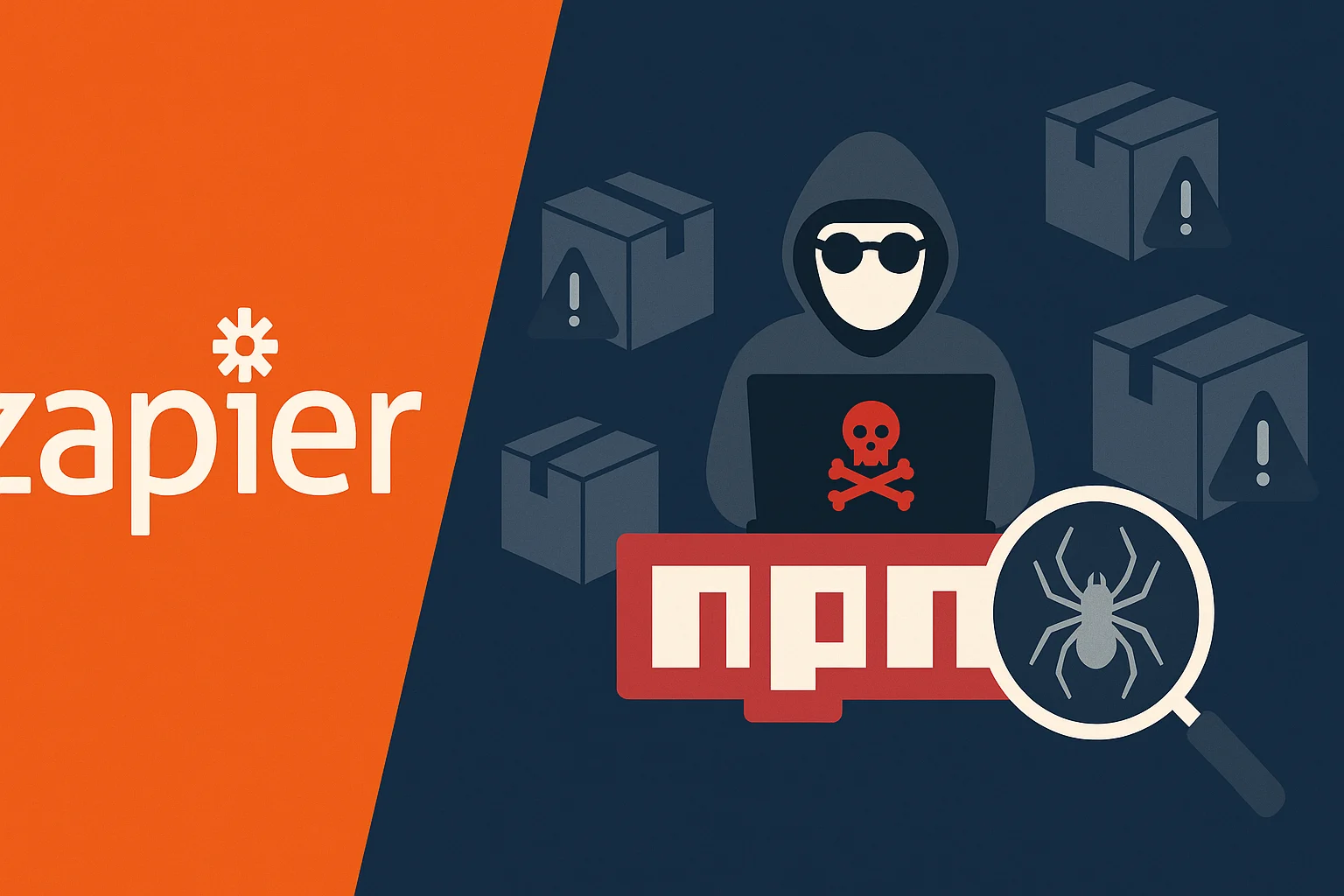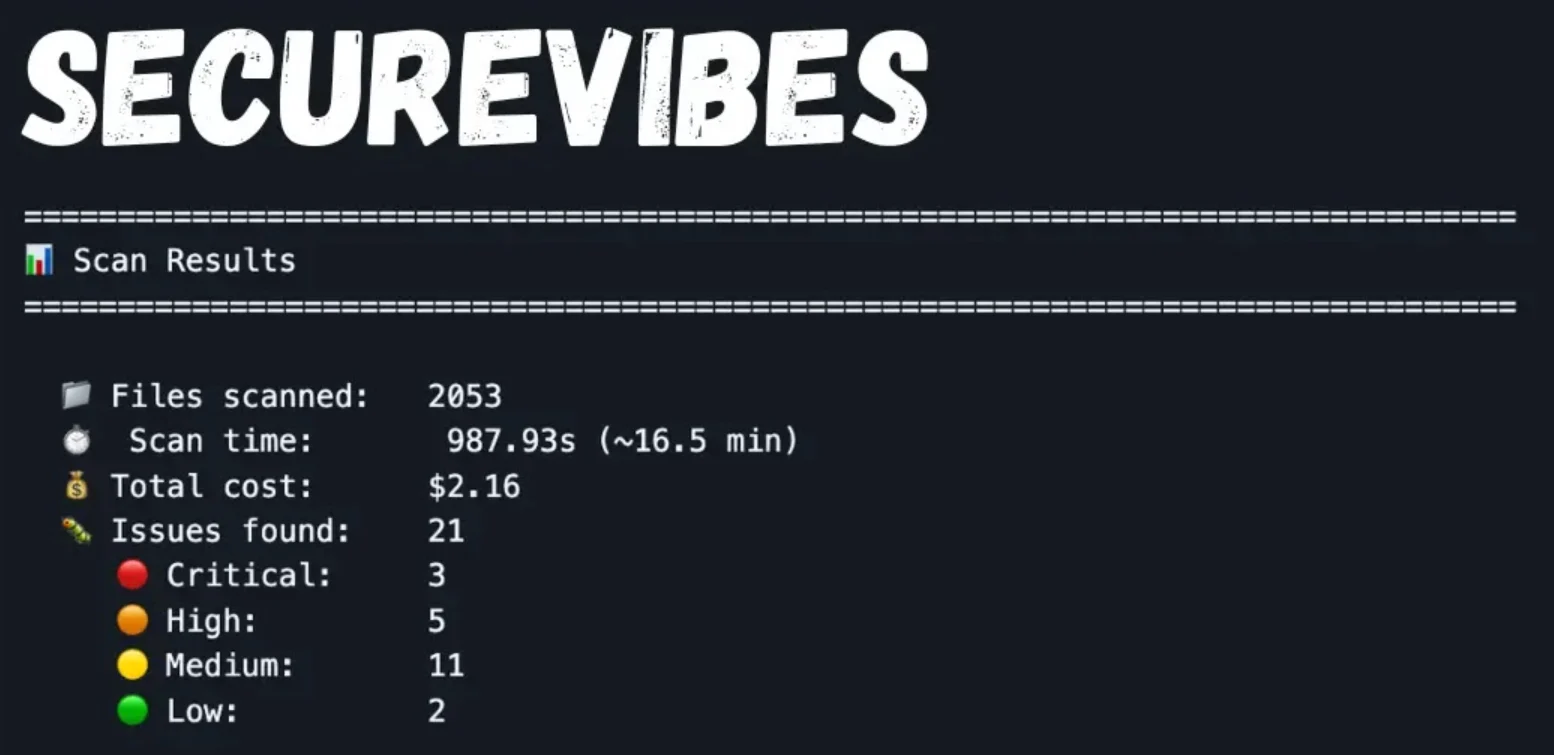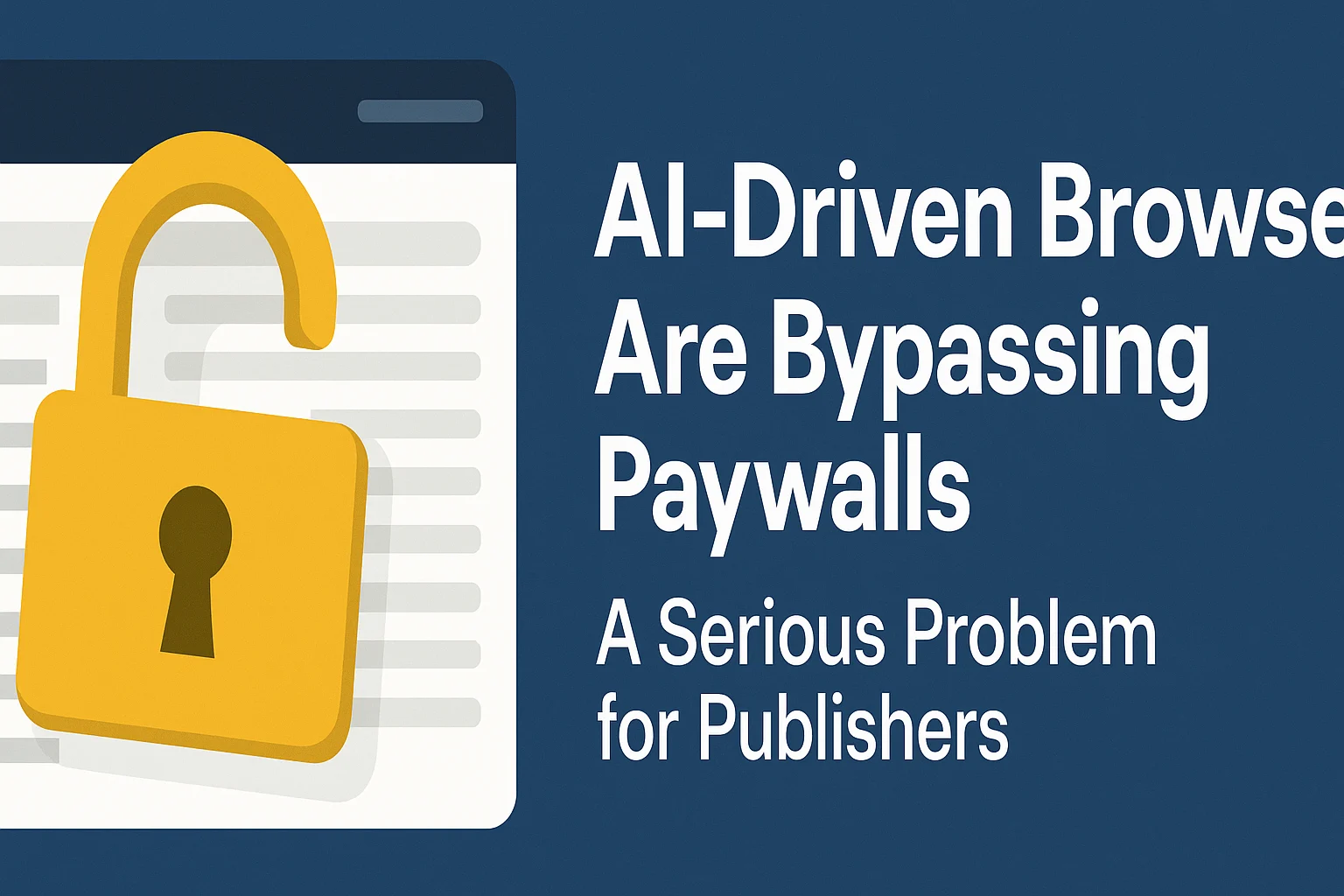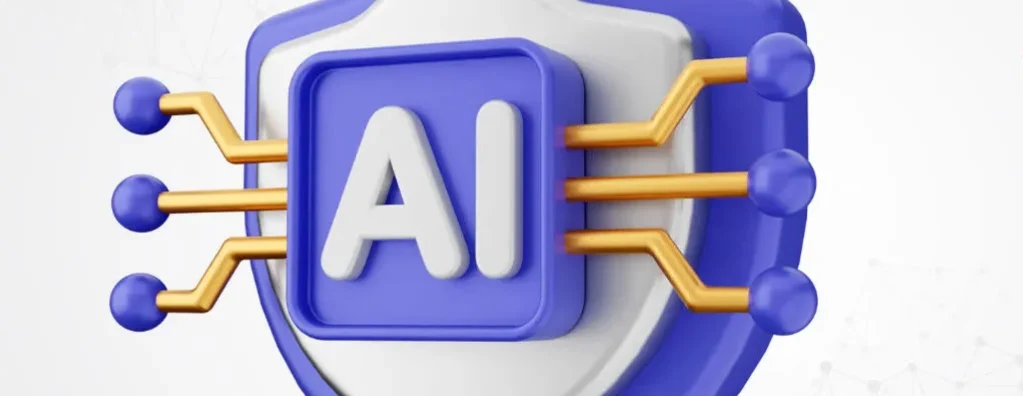In a sobering reminder of the persistent threats facing modern software development, a sophisticated NPM supply chain attack has successfully compromised multiple critical packages belonging to automation platform Zapier and the Ethereum Name Service (ENS). This incident underscores the urgent need for enhanced software supply chain security measures across enterprise development environments.
Read More






